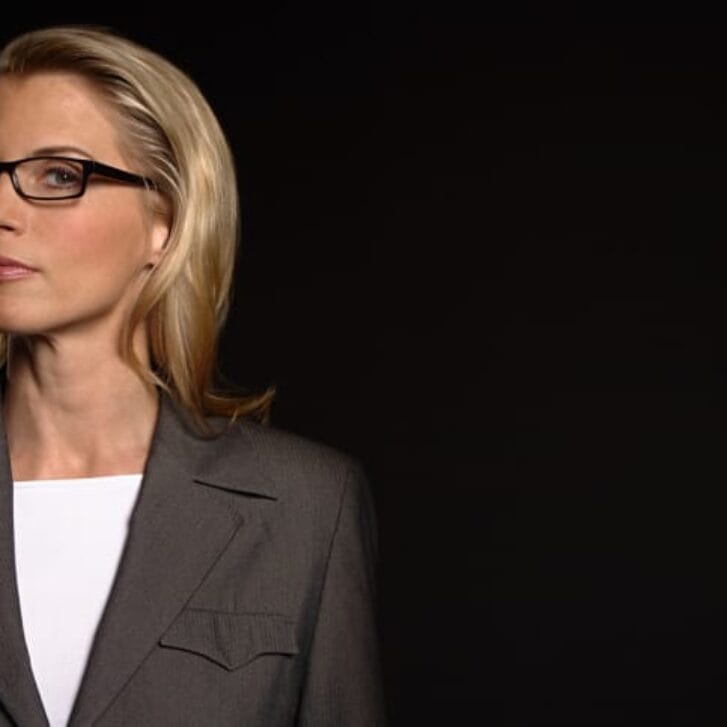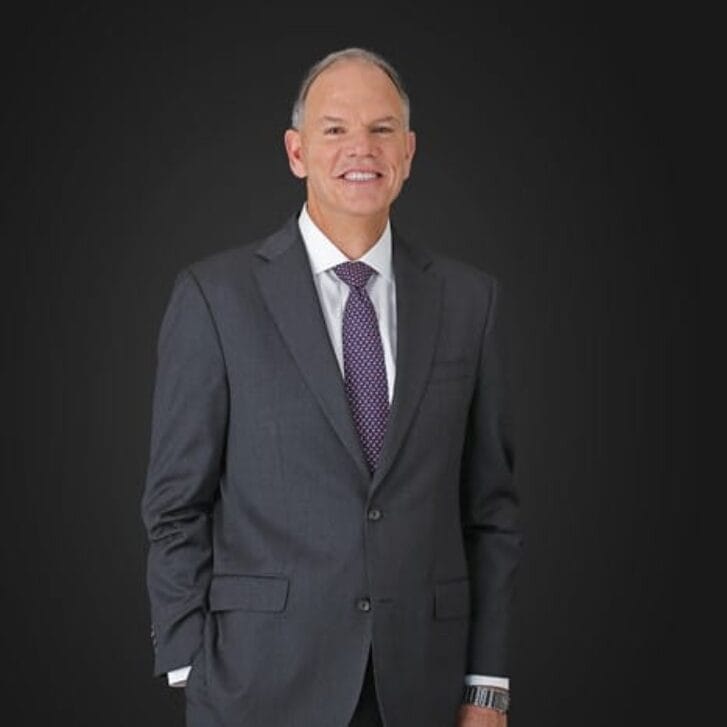Regardless of our position in an organization, we all need to be able to answer important questions such as what do we contribute to the team and what do we want people to look to us for? They are simple questions but often difficult to answer.
As a Gallup Certified Strengths Coach, I work with leaders and teams to help answer these questions. We all seem to know what we are not good at or don’t like to do but often struggle to own our strengths and the areas where we excel. A helpful step is to take an assessment such as the Gallup StrengthsFinder which identifies your top 5 strengths and provides reports with helpful insights based on the results. Once we have this data, we have to figure out how our top strengths help us to be successful in our role and how we can use them more often. When we use our strengths, Gallup research shows that people are 6 times more likely to be engaged on the job and 7.8% more productive.
There are 34 strengths in the Gallup StrengthsFinder and the most common top 5 are Achiever, Responsibility, Learner, Relator and Strategic. Please note that all strengths are neutral and can each be used to help us to be more successful in our role. The work becomes understanding each of our top strengths, determining if we are using them effectively (raw vs. mature) and owning those strengths to help build confidence and respect within our team and organization.
When we own our strengths, we understand what we are good at and how we can help our team and organization. For example, people with the strength of Responsibility, defined as taking ownership of what you say you will do, can feel confident in raising their hand to run a project because that’s when they are at their best. People with Responsibility can be trusted to keep their word and deliver on what they say. Someone with the strength of Relator, defined as someone who prefers one to one connections rather than being in a large group, will find deep satisfaction in working hard with friends to achieve a goal. Relators are most effective in a smaller setting where they can engage in a one on one conversation and develop a genuine rapport. They would prefer to talk with one person for 20 minutes as opposed to speaking with 20 people for one minute, getting 20 business cards and not having a true connection. As we understand our top strengths and how they can help us, we build confidence in our abilities and develop a better relationship with others.
Contrary to popular belief, we don’t need to be a jack of all trades. We need to gain clarity on the value we bring to our team and when we are at our best. And an effective way to do this is to know and own our strengths.

























